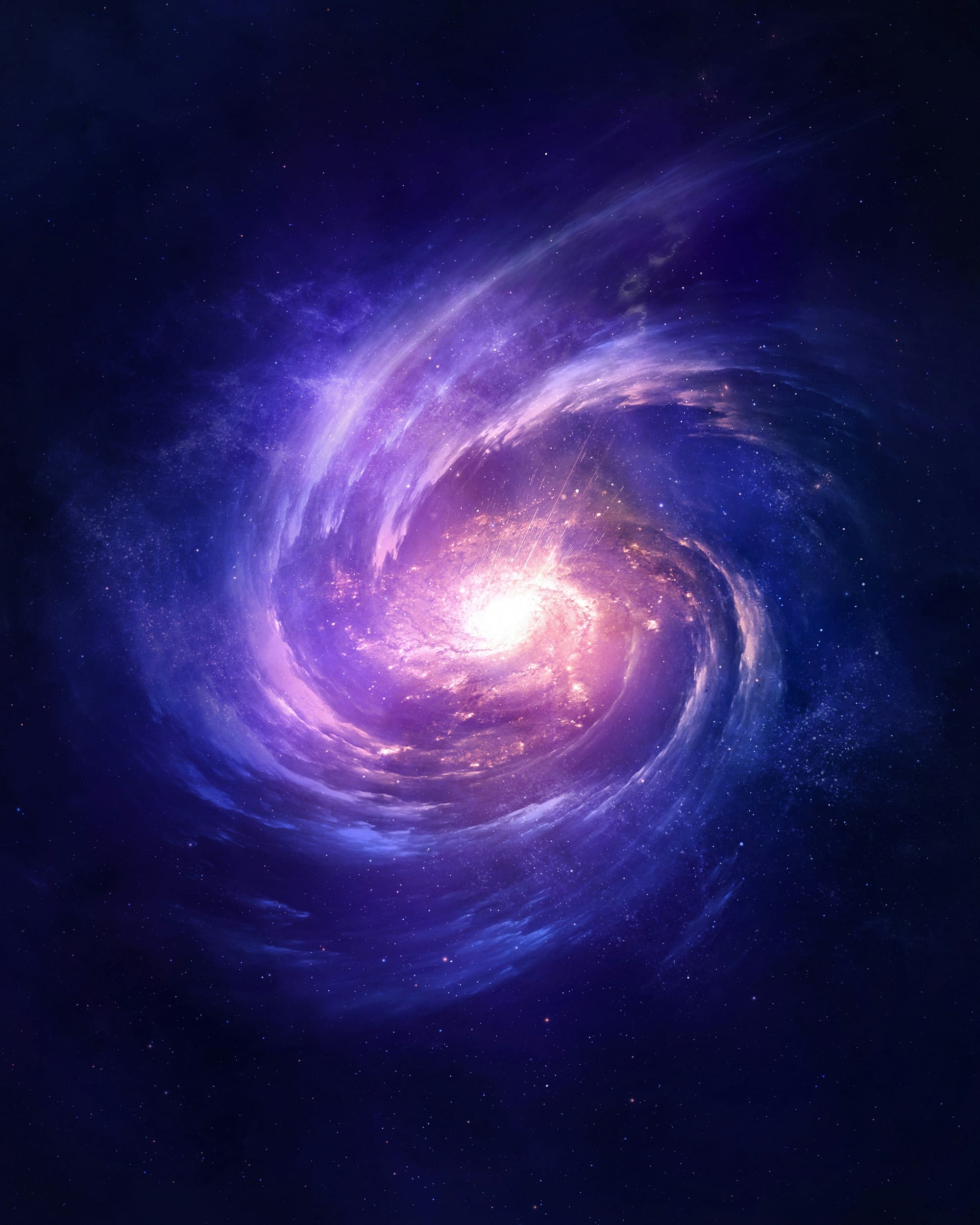How Did the Universe Begin?

The most widely accepted theory for the beginning of the universe is the Big Bang theory. This theory posits that the universe originated from an extremely hot, dense state approximately 13.8 billion years ago. This initial state, often called a singularity, rapidly expanded and cooled, leading to the formation of the first subatomic particles, atoms, stars, and galaxies. Here's a more detailed explanation:
- The Singularity:The Big Bang theory starts with a state of infinite density and temperature, a singularity, where all the matter and energy of the universe were contained in an extremely small space.
- Inflation:This initial state underwent a period of extremely rapid expansion called inflation, which smoothed out the universe and set the stage for the subsequent evolution.
- Cooling and Particle Formation:As the universe expanded, it cooled, allowing for the formation of fundamental particles like quarks and leptons. These particles then combined to form protons, neutrons, and eventually atoms, primarily hydrogen and helium.
- Galaxy and Star Formation:Gravity caused these early atoms to clump together, forming the first stars and galaxies.
- Ongoing Expansion:The universe continues to expand and cool, with stars and galaxies evolving over billions of years.
While the Big Bang theory is the dominant cosmological model, it doesn't explain everything. Some questions remain about the very first moments of the universe and what might have existed before the Big Bang. Alternative theories and models are also being explored. This video explains the Big Bang theory and how it led to the formation of stars and galaxies: